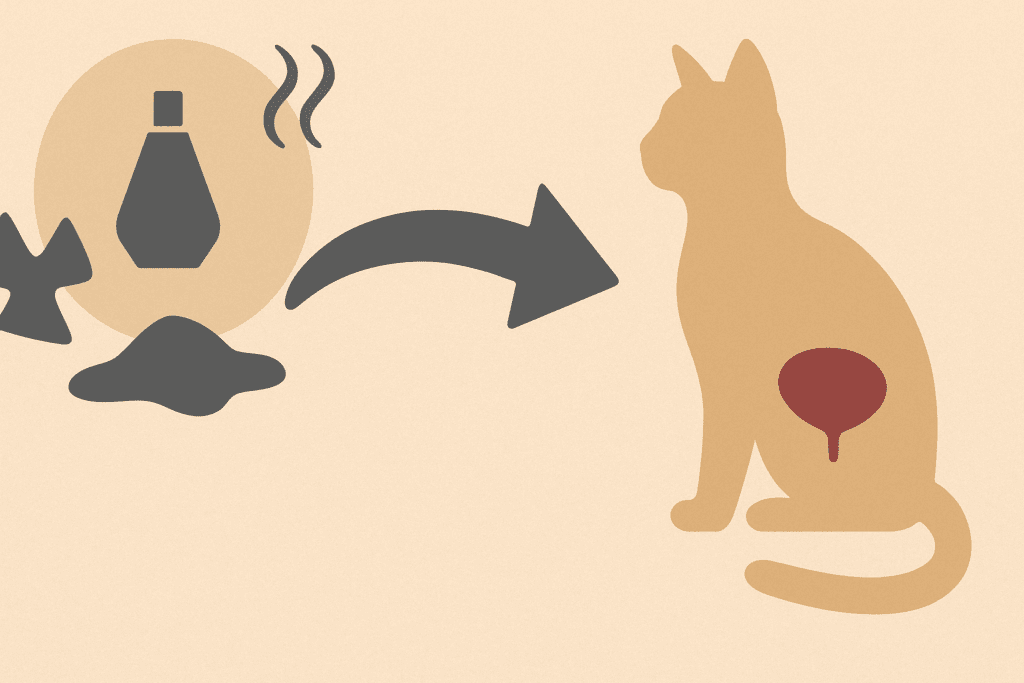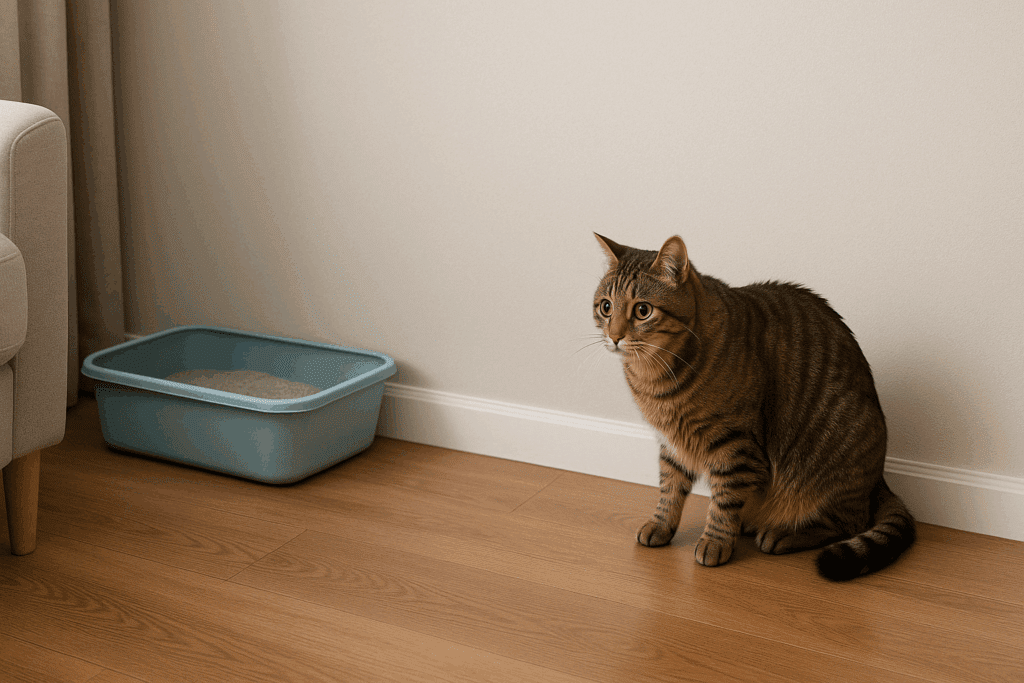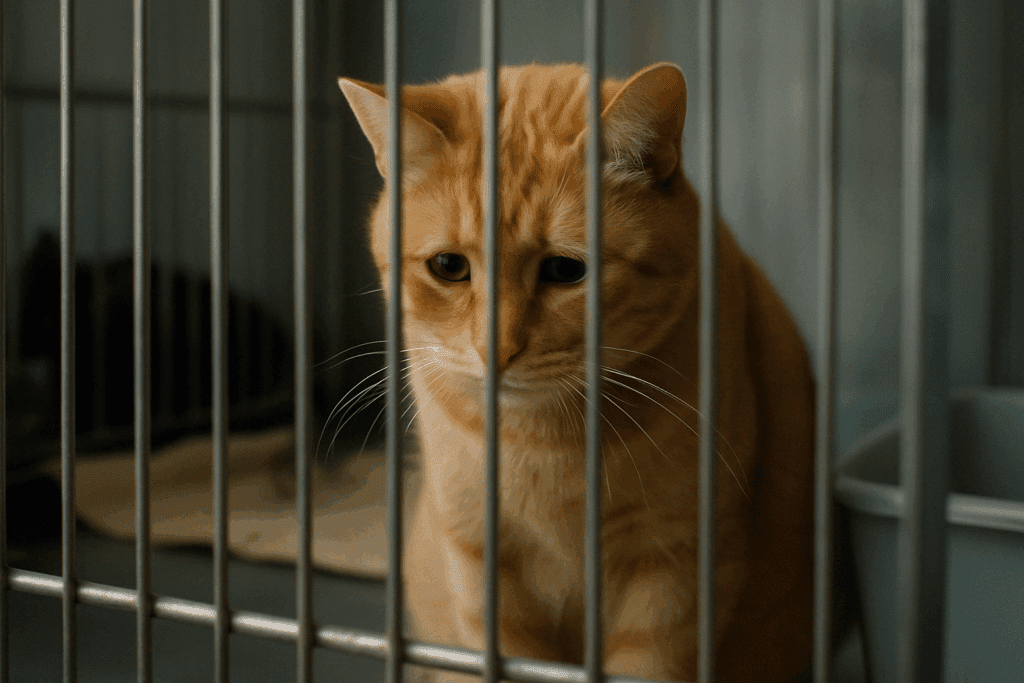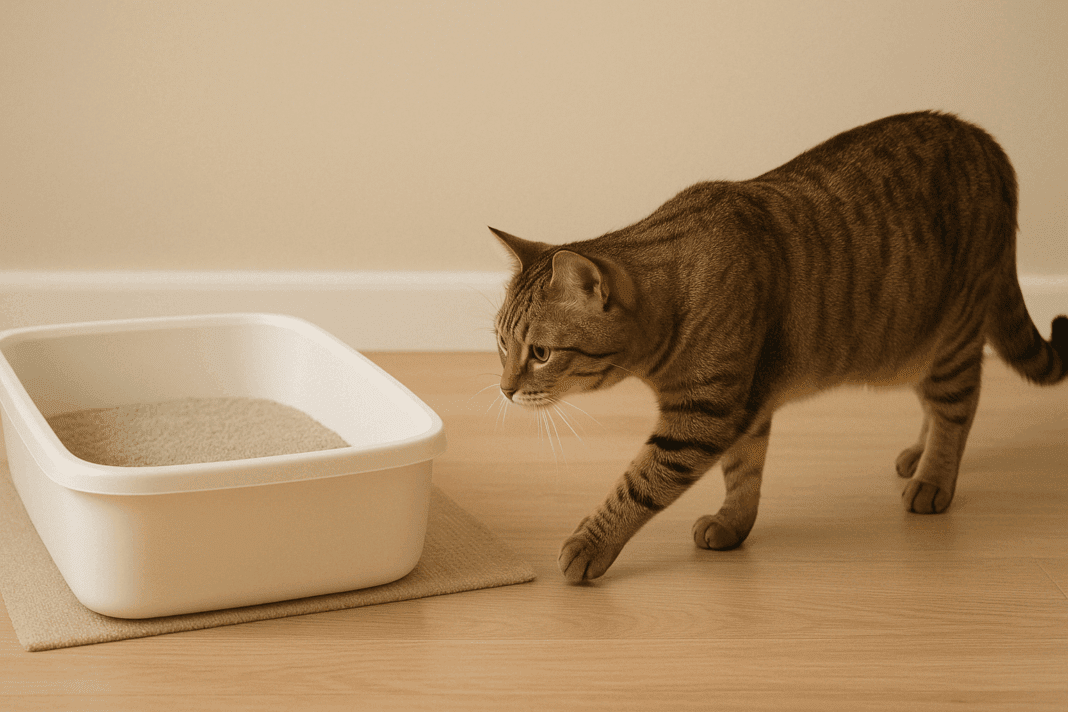In recent years, the pet care industry has witnessed increased scrutiny over products that may compromise animal welfare in favor of consumer appeal. Among such products, scented cat litters have garnered particular attention. While designed to mask odors for human users, these fragranced formulations may pose genuine threats to feline health and behavior. An accumulation of scientific and clinical literature now supports a connection between artificial scents in litter and a host of feline well-being concerns, including stress-induced behavior changes, litter box aversion, feline idiopathic cystitis (FIC), and even abandonment due to persistent house-soiling.
Notably, Dr. Elsey’s—widely known for its specialized cat litter products—has taken a pioneering stance by discontinuing its entire line of scented litter. This decision, according to internal correspondence, was rooted in evidence presented in professional guidelines and veterinary research. As the brand transitions to exclusively unscented offerings, their move is being viewed as both scientifically justified and ethically conscientious. This article offers a comprehensive summary of the most credible supporting research that links scented cat litter to feline behavioral and physiological distress.

Olfactory Overload and Natural Instincts
Cats depend significantly on their olfactory senses to understand their environment. Their acute sensitivity to smells plays a vital role in detecting threats, navigating territories, and communicating through pheromonal cues. Introducing overpowering artificial fragrances into a cat’s immediate environment—especially their litter area—can result in sensory overload, leading to heightened anxiety and stress-related behaviors.
The American Association of Feline Practitioners (AAFP) and the International Society of Feline Medicine (ISFM) emphasize this point in their collaborative publication, Feline Environmental Needs Guidelines. They state that “cats use scent to detect threats and communicate. Strong artificial fragrances can overwhelm their sensitive noses, leading to anxiety and stress” (AAFP/ISFM Environmental Needs Guidelines, pp. 22–23). These reactions are not merely theoretical. Veterinary practitioners report that such stress manifests in behaviors ranging from hypervigilance and social withdrawal to aggression and inappropriate elimination.
These insights are echoed in the Summer 2024 issue of Feline Practitioner, a long-standing professional journal. In the article “House Soiling in Cats,” the authors explore how scented litters can act as environmental stressors. The report notes that “strong artificial scents in litter can overwhelm cats’ olfactory systems, leading to discomfort and eventual litter box avoidance” (Feline Practitioner, Summer 2024, pp. 12–19). By interfering with their natural instincts and comfort, scented litters unintentionally become a source of environmental discord for the cat.

Stress and the Development of Feline Idiopathic Cystitis (FIC)
One of the most serious health issues potentially linked to environmental stress—including the use of scented litters—is feline idiopathic cystitis (FIC). FIC is a painful urinary condition characterized by inflammation of the bladder and associated symptoms such as frequent urination, straining, and blood in the urine. Importantly, FIC is recognized as a stress-related disease with no single identifiable cause, making environmental triggers particularly important in both its onset and management.
The AAFP/ISFM House-Soiling Guidelines provide a clear framework connecting environmental stressors to the manifestation of FIC. “FIC is recognized as a multifactorial, stress-associated condition,” the guidelines note. “Environmental changes, including those involving scent, are among the most significant contributing factors” (AAFP/ISFM House-Soiling Guidelines, pp. 582–587). Scented litter is not the only variable of concern, but its proximity to a cat’s elimination area makes it a high-impact factor.
Though additional studies specific to scented litter as a direct trigger of FIC are still developing, the growing body of stress-focused veterinary research supports the importance of minimizing environmental volatility for affected cats. Notably, synthetic pheromones and behavioral enrichment have been shown to reduce symptoms of FIC—strategies that align with the removal of artificial litter fragrances.

Behavioral Repercussions and Litter Box Aversion
One of the most immediate and visible consequences of using scented litter is the development of litter box aversion. Cats may begin to avoid using the litter box entirely if the smell is unpleasant or overpowering, which frequently leads to house-soiling elsewhere in the home. Such behavior can create a cycle of frustration for cat owners, sometimes culminating in surrender to shelters.
In the Feline Practitioner article previously cited, this phenomenon is described in detail. The authors write, “Litter box aversion caused by scented litter is not uncommon and often misdiagnosed as defiance or disobedience. In fact, it is a natural response to environmental discomfort” (Feline Practitioner, Summer 2024, p. 16). In conjunction with strong cleaning agents and poor box maintenance, the presence of synthetic fragrance becomes a significant factor in feline avoidance behaviors.
A similar conclusion is drawn in the study by Grigg, Pick, and Nibblett (2013) titled “Litter box preference in domestic cats: covered versus uncovered,” published in the Journal of Feline Medicine and Surgery, 15(4), 280–284. The authors found that “some cats avoided covered boxes containing scented litter,” suggesting that the combination of enclosed spaces and strong fragrances creates a particularly unwelcoming environment. Full article URL: https://www.ncbi.nlm.nih.gov/pmc/articles/PMC10816757/.

Scents as Potential Neurological Triggers
Adding to the weight of evidence is emerging research on neurological sensitivity in cats. A 2024 case study by McPeake and Mills, published in Veterinary Record Case Reports, explored the role of scent in triggering feline hyperaesthesia syndrome (FHS), a neurological condition characterized by sudden bursts of agitation, skin rippling, and self-directed aggression.
The study, titled “Scent as a trigger of feline hyperaesthesia syndrome,” documents an instance where “specific scents—including scented candles and cooking spices—acted as environmental triggers for FHS episodes” (McPeake & Mills, 2024, Veterinary Record Case Reports, 12(1), e1059). URL: https://bvajournals.onlinelibrary.wiley.com/doi/full/10.1002/vrc2.1059. Though the research does not directly investigate scented litter, it strongly implies that synthetic fragrances can negatively influence feline neurological health. This revelation underscores the broader implications of exposing cats to non-native, artificial olfactory stimuli in close quarters.

Shelter Surrenders and Ethical Implications
House-soiling remains one of the primary reasons for feline relinquishment to shelters. The reasons behind this behavior are frequently misunderstood or misattributed to poor training. In reality, many cases trace back to chronic stress, litter box aversion, and a mismatch between feline preferences and human convenience.
The AAFP/ISFM House-Soiling Guidelines make this point clear: “House-soiling is cited as a major reason for shelter relinquishment. Improving litter box design, location, and cleanliness, along with reducing environmental stressors, can help prevent abandonment” (pp. 579, 586, 592). Scented litter, often selected for its deodorizing appeal to humans, thus becomes a tragic contributor to preventable feline homelessness. By eliminating this variable, caretakers can help preserve the human-animal bond and promote long-term welfare outcomes.
The decision by Dr. Elsey’s to remove its scented litter line from circulation serves as a case study in ethical corporate response to emerging scientific understanding. Rather than continuing to offer products that could cause distress in cats—even if popular with some consumers—the company has aligned itself with veterinary best practices. Internal notes reveal that Dr. Elsey’s cited both the AAFP/ISFM guidelines and client-reported behavioral observations as primary motivators for this transition. The move reflects a growing industry shift toward product design that centers on animal needs rather than consumer convenience alone.
Conclusion
The collective research discussed here reveals a consistent narrative: scented cat litter, though benign in human perception, can disrupt the delicate behavioral and physiological equilibrium of domestic cats. From inducing stress and aversion to potentially exacerbating medical conditions such as feline idiopathic cystitis and hyperaesthesia, artificially fragranced litter contributes to a range of feline welfare concerns.
The veterinary literature—anchored by the AAFP/ISFM guidelines and peer-reviewed case studies—provides compelling support for eliminating synthetic scents from litter products. Through its bold decision to discontinue scented litters, Dr. Elsey’s has not only acted in accordance with the scientific consensus but also modeled responsible stewardship in the pet care industry.
Going forward, it is essential for veterinarians, shelter professionals, and pet product manufacturers to heed the evidence and prioritize feline well-being over aesthetic preferences. By respecting the sensory and behavioral needs of cats, we affirm our role not only as caretakers—but as compassionate partners to the animals who rely on us for safety and comfort.
References
American Association of Feline Practitioners (AAFP) & International Society of Feline Medicine (ISFM). (2013). Feline Environmental Needs Guidelines. Journal of Feline Medicine and Surgery, 15(3), 219–230. https://journals.sagepub.com/doi/10.1177/1098612X13477537
American Association of Feline Practitioners (AAFP) & International Society of Feline Medicine (ISFM). (2014). House-Soiling Guidelines. Journal of Feline Medicine and Surgery, 16(7), 579–592. https://journals.sagepub.com/doi/10.1177/1098612X14539085
Feline Practitioner. (2024). House Soiling in Cats. Summer Issue, 12–19. (Note: This source is cited from internal correspondence and publication records. URL not publicly available at this time.)
Grigg, E. K., Pick, L., & Nibblett, B. M. (2013). Litter box preference in domestic cats: Covered versus uncovered. Journal of Feline Medicine and Surgery, 15(4), 280–284. https://www.ncbi.nlm.nih.gov/pmc/articles/PMC10816757/
McPeake, K., & Mills, D. S. (2024). Scent as a trigger of feline hyperaesthesia syndrome. Veterinary Record Case Reports, 12(1), e1059. https://bvajournals.onlinelibrary.wiley.com/doi/full/10.1002/vrc2.1059
Disclaimer: The information presented in this article is intended for general educational and informational purposes only and does not constitute professional veterinary advice, diagnosis, or treatment. While every effort has been made to ensure the accuracy and reliability of the information, readers should consult a licensed veterinarian or qualified animal health professional for specific guidance regarding the health and care of their pets. The views expressed are based on current research and published guidelines as referenced, but they may not reflect the most recent developments in veterinary medicine. Neither the author nor the publisher assumes any liability for the use or misuse of the information provided herein. Always seek professional advice before making changes to your pet’s care, environment, or medical regimen.


